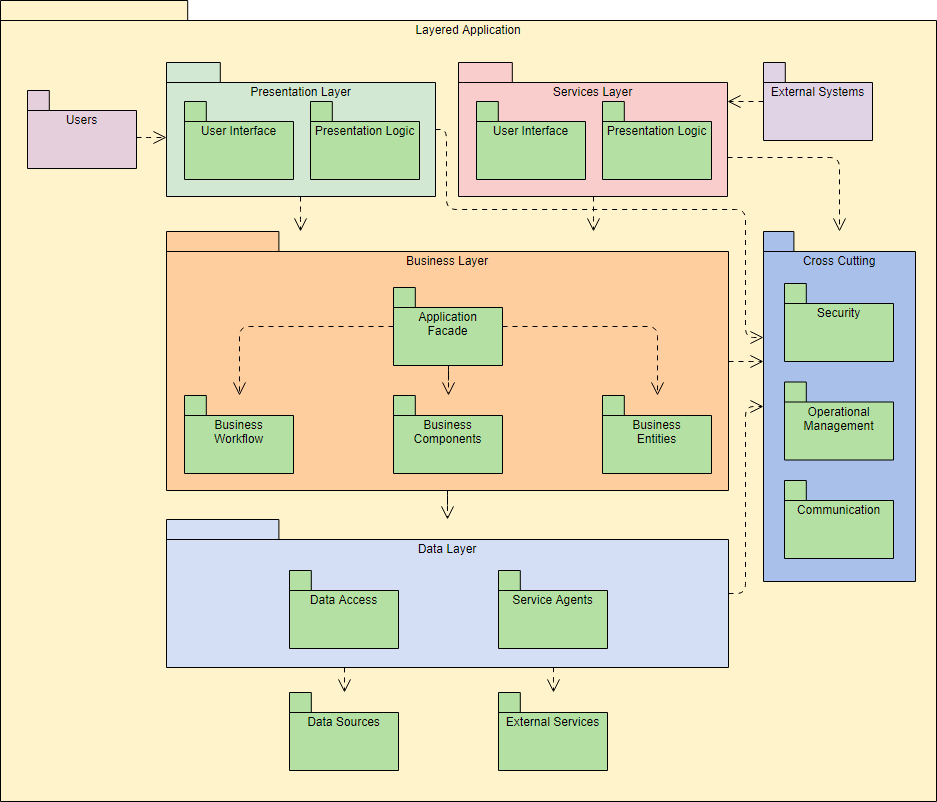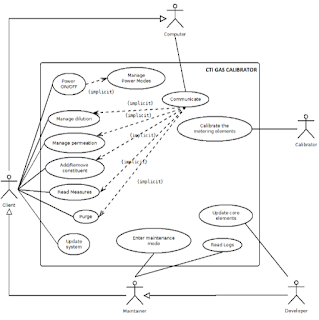Here are some rules that you better follow if you don't want to turn your project into a nightmare.
1. Do a pre-study
The initial requirements are usually very general, giving an overview of what we want but not how to make it. Even if I tell you to develop the exact same watch as the Fitbit Ionic, you can't just rush into the development. You will have to understand the technology, analyze the materials, define how the product shall interact with user, computers, etc...
Build a solid pre-sudy document where every aspect of the product is described, eventually listing different potential solutions with pros and cons. This will naturally lead you to your next step : the product architecture specification.
2. Take all the time you need to write good specifications
Spoiler alert: if you were to develop your product alone, this step is where you would spend one third of your time.
Business managers will always push you to provide the product asap, never caring about QUALITY. To be honest, they do care but differently:
- For developers, quality is all about architecture, code metrics, tests
- For business managers, quality is about functional aspects. As long as it works, the quality level is high
- For QA, quality means following the process. Are all the documents ready and signed ? If yes, quality is alright
What about clients ?
Clients will always want the best product for their money. Their quality perception is based on usability, performances, materials, robustness and ... support services !
If a company cannot sustain its own products, it will dig its own grave because of its high operational cost.
How to prevent this ?
It all starts with specifications. Developers complain about documents that we write but never read and there is a little bit of truth but the exercice worth it because it will highlight many aspects that you'd have ignored in your design (error cases, serviceability, deployability, update startegy, ...).
Where do I start ?
My advice is that you first create diagrams to visualize the features. If your project is not 100% software, then create an SADT diagram with interactions between functions (or go for sysML if you have time). Doing this will help you to distribute the functions between hardware and software.
Now, on software side, think about a design concept and try to put it in a document where you'll elaborate the following points:
* Use case view: Think about how the users will access/use your product and put it in a simple UML Use Case diagram
* Development view: define the modules that will compose your software and use a diagram to show how they'll interact with simple arrows. For instance, this is where I usually put my layered architecture overview
* Logical view: Use this part to define your objects/interfaces. Do not go into details ! At this stage, we just want to understand the intent of each module. I usually insert class diagrams with my interfaces in here.
* Process view: Up to here, the reader only had a static overview of your design. Now you tell him how the modules that you described will behave at runtime (processes, threads, message queues, timers, ...). If the product has performance requirement, explain how they'll be met here.
* Components/package view: A package is a deployable unit. How will you organize your modules/components into these packages ?

Once done, you can move forward with the Software Requirements Specifications (usually called SRS). I strongly recommend you to google 'IEEE SRS' and to get inspired by the IEEE template. It gives very good indications on how your specifications should be written.
In a nutshell:
- Each requirement shall be testable: do not use vague words like 'hot', 'cold', 'fast enough' ... Give concrete values that a tester can validate.
- Each requirement shall be uniquely identified: use IDs for all of your requirements. They will be used for traceability in the entire V cycle.
- Split the specifications following the component structure that you defined in the design concept. For each component, define the inputs, the processing and the outputs
- For views, insert mockups and specify the actions of each control
3. Pick up your gears
Some technology choices might already be defined at this stage (they influence your design concept). If not, select the frameworks, development environments, source code manager, issue tracker and all other tools that will be necessary to develop/build/deploy your project.
This information usually goes into a 'quality plan' document. This is also where we usually define the branching model, coding rules, planning overview... DO THIS. Especially if you're a team of developers. You'll notice inconsistencies in code, in source code manager and/or in issue tracker if you don't specify the rules somewhere.
4. Organize the work
The components you defined have natural dependencies with each others. Focus on the ones that have less dependencies first.
Tasks
For each components, create a story/task in your issue tracking tool. This task can be broken down into smaller tasks by the developer when taken care of. Evaluate the difficulty of developments for each task and rate them properly either by duration or with story points (recommended).
If you're lucky to work with tools like Jira, create epics for the features that you'd like to implement and organize your tasks. At the very beginning, you can create an epic for the first prototype.
Milestones
Your business manager expects only one delivery but creating intermediate releases along the way is very helpful for demos, regression investigation, test of deployments/updates...
Define the milestones (v1.0.0, v1.1.0, v1.2.0...) and detail what's going to be included in each of them. Be realistic with delivery dates and do not try to anticipate too much. See, when managing a project, people tend to make promises and set unrealistic release dates. In the end, almost all the projects I've seen have been delayed and the funny fact is that it wasn't even due to the development. Clients can make new requests or change existing ones, business can down-prioritize your project, one of the technology used can be not supported anymore, a key developer can resign ... Unexpected things will happen for sure, be prepared.
Ideally, adopt agile methodology and work in sprints.
5. Plan -> Execute -> Check -> Act -> Plan ...
Note: If you're working agile, you're already covering this.
Always re-assess your software requirements depending on business needs. Ideally, bring the client into the loop and ensure that he is aligned with your plan and satisfied with your latest features. If not, plan for the changes and execute.
Also, even if it seems obvious to me, unit tests are not optional. I really encourage you to track your metrics during this phase and to do the efforts to keep them in the green zone.
If you're coordinating other developers, make sure they always understand what they should do. If necessary, take time to explain them your design over and over again. Don't be afraid of repeating things, it can be annoying but you have to be tolerant with your manpower as much as possible.
6. Release often
If your milestone is supposed to end in 3 months, do not wait 3 months to release.
Releasing means bringing all the features together, versioning and deploying. Do it at least at the end of each sprint (if you're not working agile, plan weekly builds). It will reduce the integration penalty and, ideally, will allow you to anticipate on functional/user acceptance tests.
For the versioning, we usually use 3 digits to do this:
- Major: Only incremented when major changes are made to the code with an impact for the end-user.
- Minor: Only incremented when minor changes are made to the code without really changing the features but rather extending them slightly. "Look and feel" changes are also usually considered to be minor changes if they do not impact the UX (e.g. usability) heavily.
- Micro/Build: Incremented for code rework, minor bug fixes, improvement of test coverage, ...
It's not a rule though, you're free to use your own versioning as long as it is consistent over time and that it helps you to identify your software easily.
7. Validation
Most neglected aspect that nevertheless makes a total difference if executed properly, the validation is in my eyes a must-do. Ideally, try to think about validation when writing functional requirements because each of the requirement will need to be testable. If a requirement is too vague to be tested, it can't be implemented, just as simple as that. As a V&V engineer, I should be able to write my test plan based on the functional requirements without any doubt on what needs to be tested.
To illustrate this, here are some examples:
Req 1.1: As a driver, when I press the brakes pedal, my car should stop.
NOT TESTABLE: I see at least 2 reasons :
- this requirement is not time-bound: if my test proves that the car stops after 30 minutes, the system is valid.
- 'should' to be replaced by 'shall'. We want no doubt about what the system shall do.
Req 1.1: As a driver, when I press the brakes pedal, my car shall stop within x seconds with x given with the following relation: x = (speed/10)²
TESTABLE
8. Conclusion
This article gives you an overview of what you'll have to do if you drive a project and lots of other aspects have not been detailed such as reporting, interfacing with other stakeholders, CI/CD ... It can be scary and you'll make mistakes (all of us do) but as long as you try to setup a framework for you and your team and keep executing as defined, you'll be right enough. As a developer, I like to have consistency in my code. Well, as I project leader, I like to have consistency in my project & team.










0 comments:
Post a Comment
Note: Only a member of this blog may post a comment.